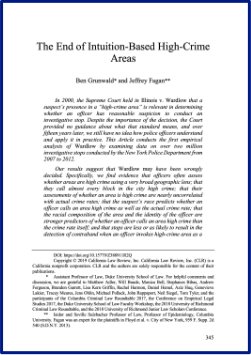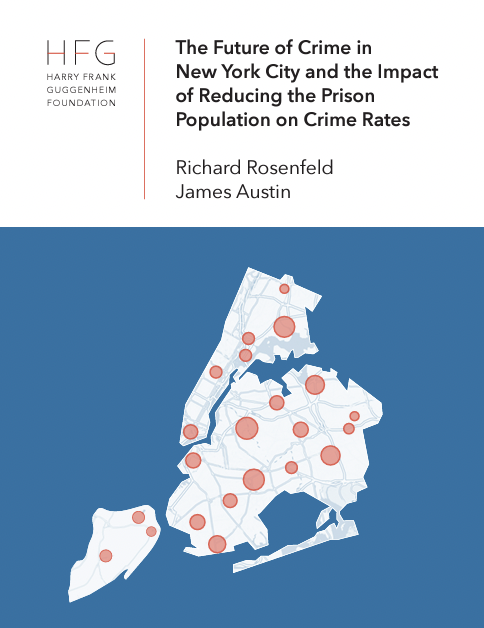By William Foote Whyte
Research Background: The study was supported by various fellowships and guided by experts from Harvard and the University of Chicago.
Cornerville's Social Structure: The district is highly organized withdistinct social groups, despite being perceived as chaotic by outsiders.
Methodology: The author used participant observation, immersing himself in the community to understand its dynamics.
Community Impact: The research aimed to help Cornerville, with significant contributions from local residents and key informants.
University of Chicago Press, 2012, 364 pages





